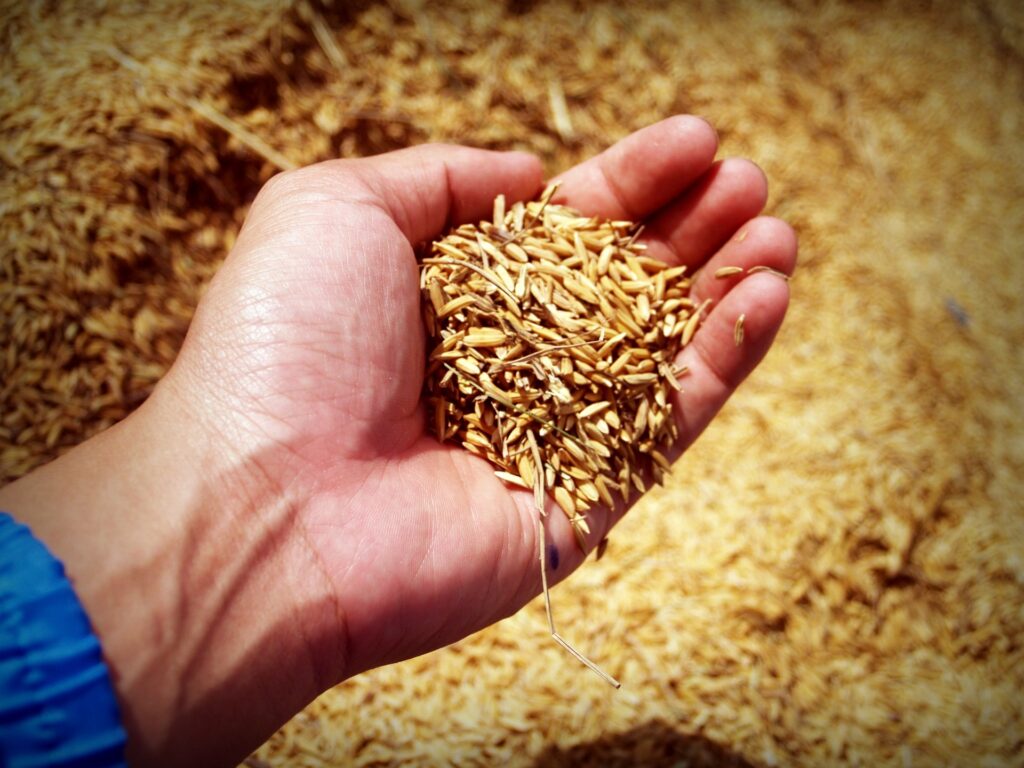Being a leader in a non-profit organization can be very demanding. But at the…
Seeds Access – why we need to build a bridge between seed companies and smallholder farmers
*Image Source: Pixabay
“Seed is the embodiment of technological change in agriculture,” stated David Spielman, a senior research fellow at IFPRI
The link between seeds and agriculture is unquestionable. Plants are considered as the foundation of human diet and source of other needs like clothing and medicines. Seeds, on the other hand, is considered as the heart of agriculture.
Why?
What is the first thing you do before you harvest your crops? Seeding. You have to plant seeds before you grow and harvest any crops. Without seeds, there’s no germination. No germination means no plants, flowers, fruits, and no seeds to start another plant cycle.
In the early years of the Green Revolution, seed variety played an important role in yielding at least 20% growth in developing countries. From the 1980s until early 2000s, the percentage increased to almost 50% according to IFPRI.
The problem is, not only the costs of seeds are high, there’s also a gap in terms of seed access. Small-holder farmers live in remote areas making it difficult for them to have a hold of high-quality seeds.
At this point, the private seed companies, despite their initial efforts, still have to do more in bridging these gaps.
From the perspective of the seed companies, Ido Verhagen, executive director of the Access to Seeds Foundation, revealed that the seed industry is active in all countries except for Western Africa, where there is clearly a gap in terms of high-quality seed access.
Mr. Verhagen also revealed that developing country smallholder farmers still save and reuse seeds and that they prefer to buy seeds from local markets and not from commercial seed companies.
In addition, he also mentioned that despite the leadership of some companies to address the small-holder farmers’ need, there is still a lack of tailored approaches that will help reach the emerging market. Only 4 out of 7 top global seed companies have business activities in developing countries.
John Keyser , World Bank Senior Agriculture Trade Economist, gave another important point as to why global seed companies haven’t fully embraced the market in small-holder driven developing countries. He said:
“Each country has its own rules and regulations so you can test and release a variety in one country, but you can’t sell it just across the border,” Keyser explained. “This makes the environment risky and expensive for private sector investor.”
Intellectual property rights are also a concern. Some governments require all parental lines be handed over to the national agricultural research systems. Private companies are not too happy about this kind of policy environment which, as a result, causes higher seed costs. Farmers in developing countries have lesser options in terms of seed varieties because the seeds are too expensive to acquire.
On the other hand, Keyser also noted that many governments have liberalized their policies. However, this is not enough. Testing and certifying seeds on a regional basis might help, but it’s very time-consuming.
One Acre Fund, a non-profit organization that aides smallholder farmers in East Africa, mentioned that there are organizations who have deployed innovative solutions to address this problem. They have started an initiative by delivering agriculture technologies to 200,000 farmers in East Africa using an operating model that offers farmers high-quality seeds and fertilizer on credit, training in agricultural techniques, and post-harvest support.
This only means that the private sectors are aware of this problem and are taking some action to fill the gap.
We should also consider that seeds from the private sector are not the only solution to help small-holder farmers increase agricultural yields. They should also have access to knowledge, finance and markets, and an enabling policy environment favorable for both the farmers and the seed companies.
In conclusion, we can say that there is hope as long as the government and the private sector will work together to increase the accessibility of seeds to small-holder farmers in order to deliver nutrition improvement, poverty reduction, and resilience in agricultural production systems.




